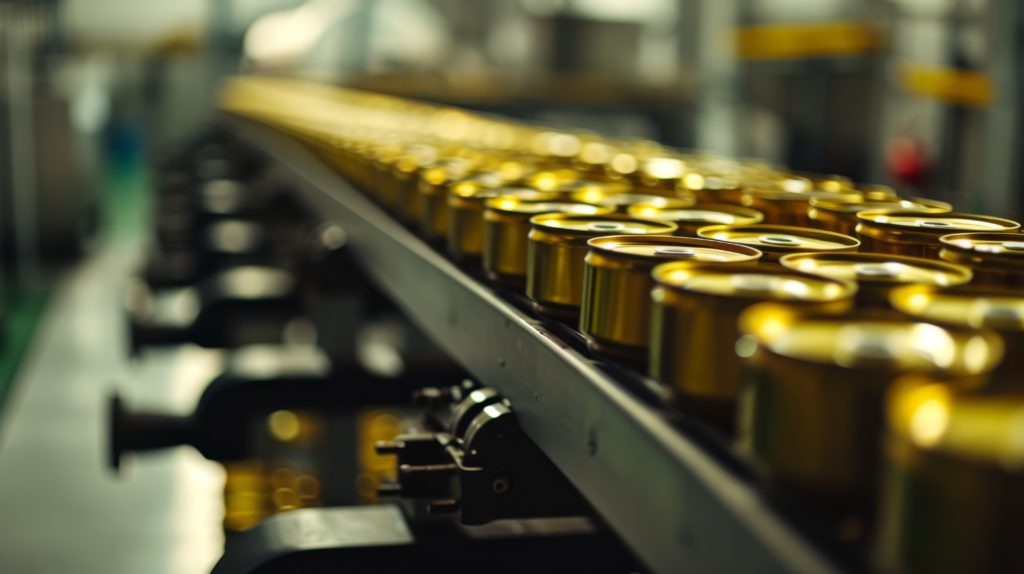Tin price rallies, inventories fall after one party takes big position

Tin prices and spreads extended their sharp gains on the London Metal Exchange (LME) on Thursday in the wake of a large position taken by one party, fund buying and worries about supply.
The LME benchmark tin price is by far the top gainer on the exchange this year, surging by 31% compared to 13% for copper, as speculators have piled into the market.
LME tin advanced 4.2% to $34,160 a metric ton on Thursday, its highest since June 2022.
“This is speculation on the back of fundamentals. I would rule out a consumer or a physical player,” said a trader who declined to be identified.
Supply of the metal, mainly used for solder in electronics, has been hit by disruptions in Indonesia, Myanmar and the Democratic Republic of Congo.
“There is still a lot of uncertainty about when Myanmar will resume their production, whilst the semiconductor industry is still driving strong downstream consumption,” said analyst Yuting Du at broker Marex.
Macquarie expects a global tin deficit of 8,000 tons this year and a shortfall of 12,000 tons in 2025 compared to a surplus of 8,000 tons last year, analyst Sukriti Kalra said in a note.
Worries about supply have drawn material out of LME-approved warehouses, sending inventories sliding by 45% so far this year to 4,245 tons.
Tight supply has also caused the premium of the LME cash tin contract to the three-month contract to jump to $350 a ton by Wednesday’s close, the largest premium since July 2023, from $40 on Monday.
One party on the LME has taken a long position in May futures that represents more than 40% of open interest, LME data showed. There also a number of short positions in May, including one that accounts for up to 19% of open interest.
“It looks like a squeeze, there’s quite a few short positions. It’s probably somebody who doesn’t need the metal. This could get explosive,” a second trader said.
Fund buying has skyrocketed this year with investment funds having pushed up long positions on the LME to 3,713 contracts.
That is the highest level since the LME started publishing its Commitments of Traders Report in 2018 and up from only 849 long contracts at the start of the year.
Demand has also improved as semiconductor sales, an indicator of electronic goods demand, have been recovering in recent months.
Global sales in February were up 16% on last year, according to the most recent figures from the Semiconductor Industry Association.
(By Eric Onstad and Pratima Desai; Editing by David Evans)
{{ commodity.name }}
{{ post.title }}
{{ post.date }}

Comments